Ice hockey has evolved from a local pastime to an international arena of passion, ambition, and national pride. Wins in the Stanley Cup, Olympics, and World Championships have become milestones by which individual seasons and entire eras are measured. The top 10 hockey teams are not based on random numbers or popular opinion, but on long-term stability, quality of the roster, playing philosophy, and cultural influence. The ranking includes the best clubs in world hockey that have defined the game’s development vector, produced legendary hockey teams, and shaped the level of national teams.
North American ice hockey team: Montreal Canadiens open the top 10 rankings
When the Montreal Canadiens start a game, the ice becomes an arena of dominance. The team has shaped the canon of the NHL and set the standard for winning. In every decade from the 1920s to the 1980s, there was at least one golden page with the Canadiens name on it. The secret to their continued leadership lies in the school. The training system began to show results before the Second World War, and by the 1950s, the club was the undisputed leader. In 40 years, the team has won 20 titles, creating the image of a perfect ice hockey machine. It is not only one of the best ice hockey clubs in history, but also the foundation of the entire Canadian system.
Soviet machine: CSKA Moscow
Smooth ice surface, red jerseys, filigree technique – the team has always played not only efficiently, but also aesthetically. The army men from the USSR built an infrastructure of dominance by training brilliant players in a stream. Valeri Kharlamov, Vyacheslav Fetisov, Igor Larionov – not stars, but textbooks. One of the best ice hockey teams in the top 10 list dictated the rhythm of the national championship and set the pace for the USSR national team. The foundations for the strongest national teams in the world were laid in a single club. No other club had such an influence at the global level.
Ruthless calculation: ‘Detroit Red Wings
 The club turned the maths of winning into an art form. Every action on the court was subject to analysis, calculation and preparation. In the 1990s, the team formed a unique bundle: young energy + Russian stars + management with an engineering mindset. Victories followed one after another. The team did not just win. It created a methodology. Many top clubs in world hockey later borrowed Detroit’s training principles. The team showed how adapting cultures and playing styles produces results
The club turned the maths of winning into an art form. Every action on the court was subject to analysis, calculation and preparation. In the 1990s, the team formed a unique bundle: young energy + Russian stars + management with an engineering mindset. Victories followed one after another. The team did not just win. It created a methodology. Many top clubs in world hockey later borrowed Detroit’s training principles. The team showed how adapting cultures and playing styles produces results
Scale and emotion: Canada’s national team is a standout among the top 10 best hockey teams in the world
Canada’s national team didn’t play hockey – it defined its meaning. The team led in every meaningful metric: championships, individual honours, media presence. From the 1970s to modern times, the national team has been the stable elite of world hockey. Compositions have been formed with a balance of stars and system in mind. Each player, wearing a Maple Leaf uniform, understood that no casuals survive here. In the 2010s, the national team introduced the universal hockey player model: skill, IQ, athleticism and team culture. It was with this formula that the national team took gold in Vancouver and Sochi.
The Empire of Intelligence: the USSR
When the Russian national team took to the ice, opponents didn’t just defend – they tried to understand the algorithm. The team acted according to the logic of a chess game. One pass – as a sacrifice piece, dribbling – a trap. The game was built on an understanding of space. The transition to the modern age hasn’t broken the culture. New heroes have appeared, but the foundation has been preserved: the focus on passing, mobility, emphasis on positional defence. Russia remained among the top 10 strongest hockey teams, which was confirmed by Olympic podiums and World Championship finals.
Speed, style, structure: the Swedish national team
Sweden’s hockey is reminiscent of Scandinavian architecture: strict framework, minimum of unnecessary things, maximum efficiency. The national team has always relied on balance: technical defencemen, mobile forwards, reactive goalies. Sweden consistently ranks among the top 10 hockey teams, providing not only medals but also nurturing the strongest players – from Borje Salming to Victor Hedman. The team does not allow itself to fall out of shape, constantly strengthening at the expense of the domestic junior league.
Technical purity and stability: Czech national team
The Czechoslovakian school of hockey has built a unique concept – a combination of intelligence, motor and density. For decades, the national team created schemes that even North American teams later adapted. The difference is in the rhythm: the Czech Republic did not rush, but created the game through touches, vector changes, diagonal passes. After the collapse of the federation, the team remained systematic. The coaching base remained strong and the children’s academies remained effective. The national team took gold in Nagano-1998, showing the whole world that legendary hockey teams, included in the list of top 10, are not born spontaneously – you need discipline. In the 2000s, Czech players filled the rosters of the NHL and KHL, enhancing the nation’s global status.
Straightforward and muscular: the U.S. National Team
The American school of hockey has always placed a premium on contact, intensity and tight pressing. While Canada played through structure and the USSR played through thought, the USA built its style on pressure. Every shift was an attack. Every shift was a battle. Character became the foundation of victories. The national team contributed to global hockey in 1980, when a team of amateurs defeated Soviet professionals at the Olympics. The U.S. later began developing academies, investing in regional leagues and, as a result, joined the permanent pool of medalists.
Aesthetics in action: Toronto Maple Leafs
The team from Ontario is associated not only with titles, but also with culture. Everything from uniforms to rituals, fan behaviour to club philosophy has built a traditional atmosphere. ‘Toronto’ shaped entire generations of hockey players who later became mentors, managers, referees. So many stars passed through the club that it became a forge for the entire league. And while trophies have been hard to come by in recent decades, the impact of the Maple Leafs cannot be devalued, either in terms of history or contribution to the system.
Improvisation and speed: Edmonton Oilers
If Montreal is high school, Detroit is maths, Edmonton is rock ‘n’ roll. The 1980s top-10 team reformatted the hockey industry: it gave the world Gretzky, Messier, Kuffee and set a new bar in speed and aggression. Players attacked in waves, ripped through defences with vertical passes, and used unconventional moves. The style inspired a whole generation of coaches, and the Oilers’ scheme later became the basis for several championship teams. Even during periods without medals, the club remained a catalyst.
Conclusion
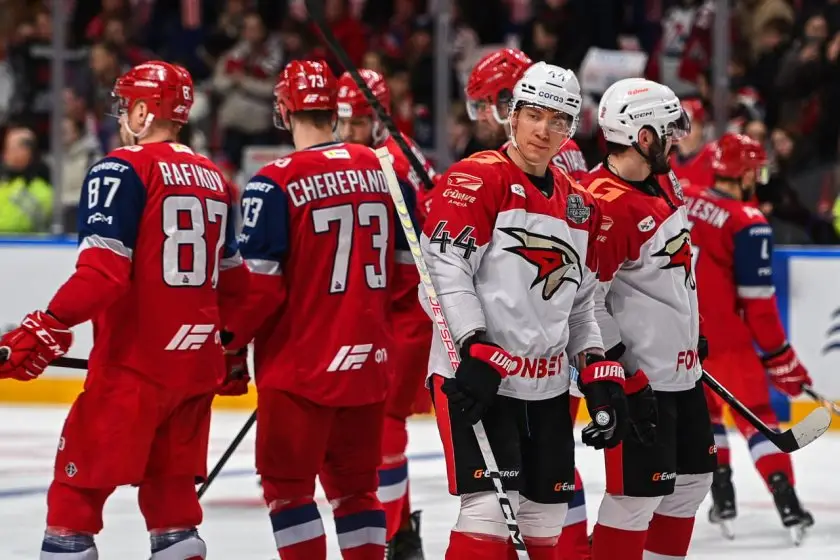 The 10 best ice hockey teams do not just reflect the number of trophies or goals. The rankings illustrate ideology, culture and methodology. Each of these teams has changed the game – some by introducing systems, others by revolutionising the style, still others by their mentality. The top proves: ice hockey is not just a sport, but a global arena of meaning, where the result is not determined by the number of shots, but by the depth of the school, the training system and the philosophy of winning.
The 10 best ice hockey teams do not just reflect the number of trophies or goals. The rankings illustrate ideology, culture and methodology. Each of these teams has changed the game – some by introducing systems, others by revolutionising the style, still others by their mentality. The top proves: ice hockey is not just a sport, but a global arena of meaning, where the result is not determined by the number of shots, but by the depth of the school, the training system and the philosophy of winning.



 For Canada, hockey is more than just a sport. Its presence is felt in every aspect of life. Children begin playing hockey at a young age, attend sports schools, and participate in local tournaments. Most families spend their winter weekends at the ice rink, supporting their children and participating in amateur competitions.
For Canada, hockey is more than just a sport. Its presence is felt in every aspect of life. Children begin playing hockey at a young age, attend sports schools, and participate in local tournaments. Most families spend their winter weekends at the ice rink, supporting their children and participating in amateur competitions.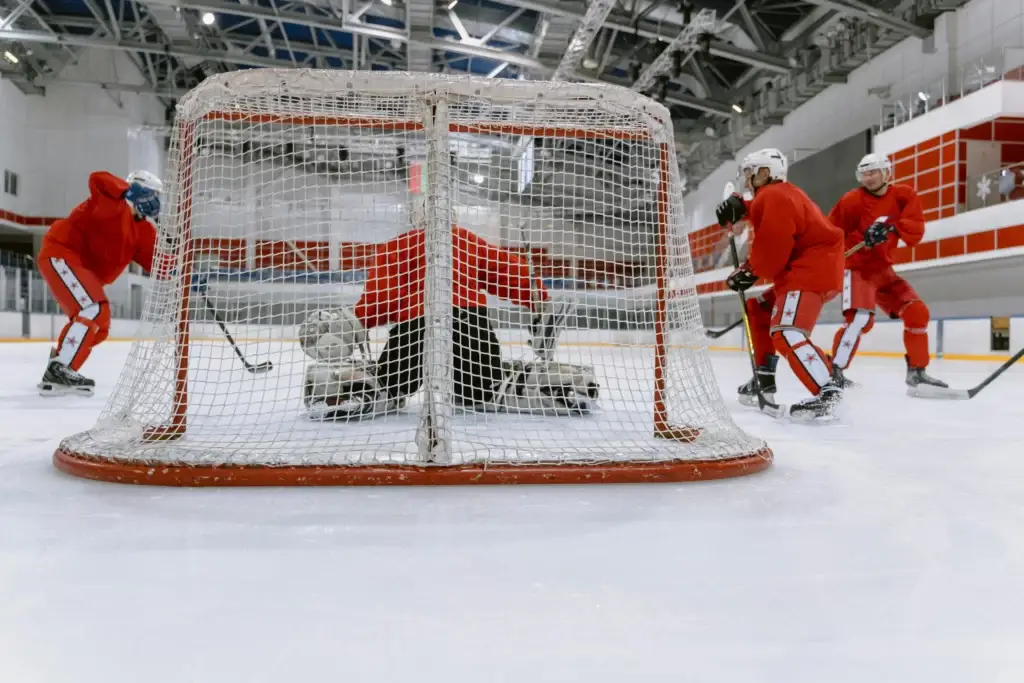 The history of ice hockey in Canada continues to inspire generations and demonstrates the power of sport as a tool for unification, education, and development. Canada’s ice hockey is more than just a game: It is a symbol of national pride, a source of inspiration, and a role model for the world.
The history of ice hockey in Canada continues to inspire generations and demonstrates the power of sport as a tool for unification, education, and development. Canada’s ice hockey is more than just a game: It is a symbol of national pride, a source of inspiration, and a role model for the world.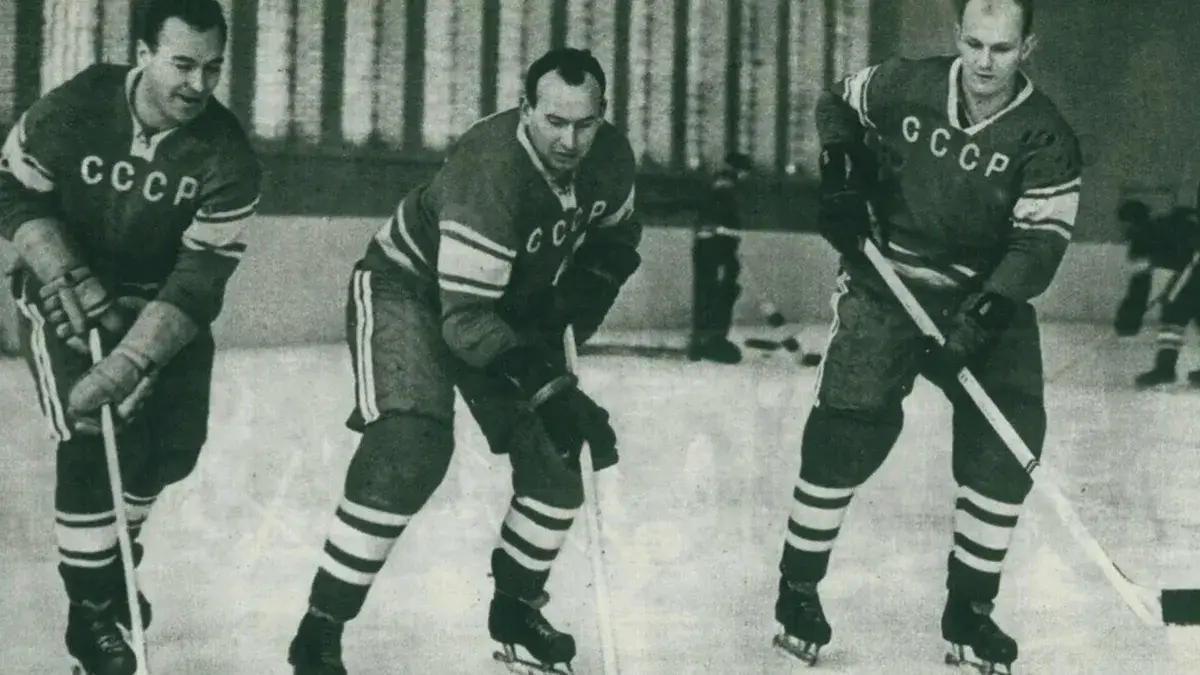
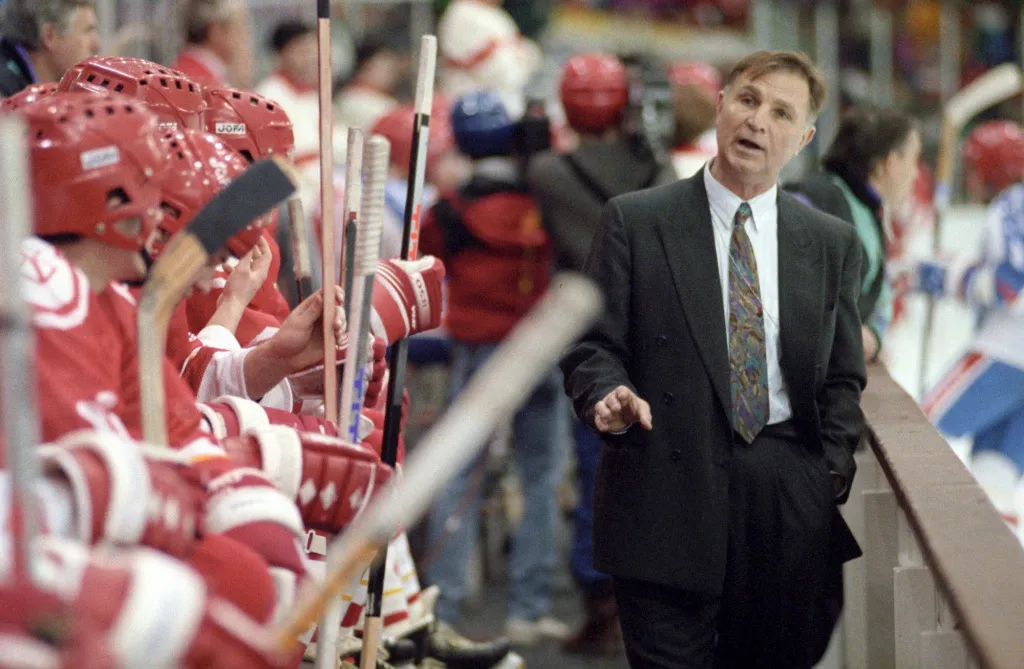 The name Viktor Tikhonov has come to epitomise strictness, order and absolute control. As one of the best ice hockey coaches in the USSR, he succeeded where others failed. His work with the national team brought the country unprecedented success on the international stage. Tikhonov’s style was characterised by strictness, but it was precisely this that made his teams unrivalled.
The name Viktor Tikhonov has come to epitomise strictness, order and absolute control. As one of the best ice hockey coaches in the USSR, he succeeded where others failed. His work with the national team brought the country unprecedented success on the international stage. Tikhonov’s style was characterised by strictness, but it was precisely this that made his teams unrivalled.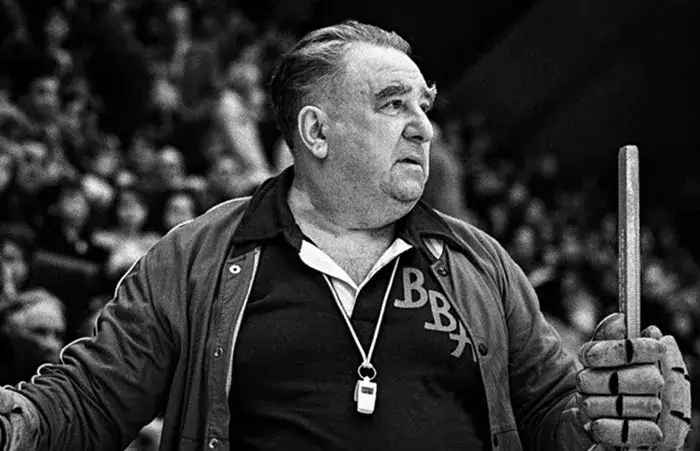 Every name mentioned in this article epitomises the era when Soviet ice hockey was at the forefront of world sport. The best ice hockey coaches of the USSR made an invaluable contribution to the development of the sport and became role models for future generations. Their methods, philosophy and approaches formed a unique school that continues to set standards to this day.
Every name mentioned in this article epitomises the era when Soviet ice hockey was at the forefront of world sport. The best ice hockey coaches of the USSR made an invaluable contribution to the development of the sport and became role models for future generations. Their methods, philosophy and approaches formed a unique school that continues to set standards to this day.
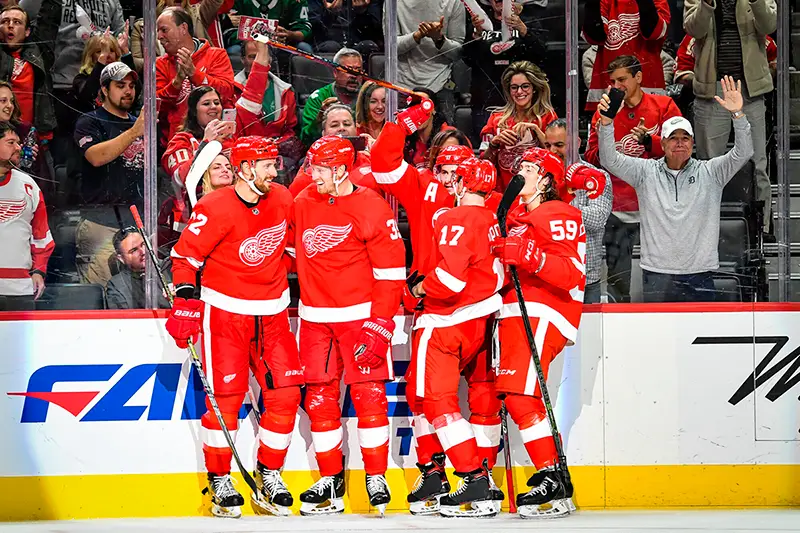

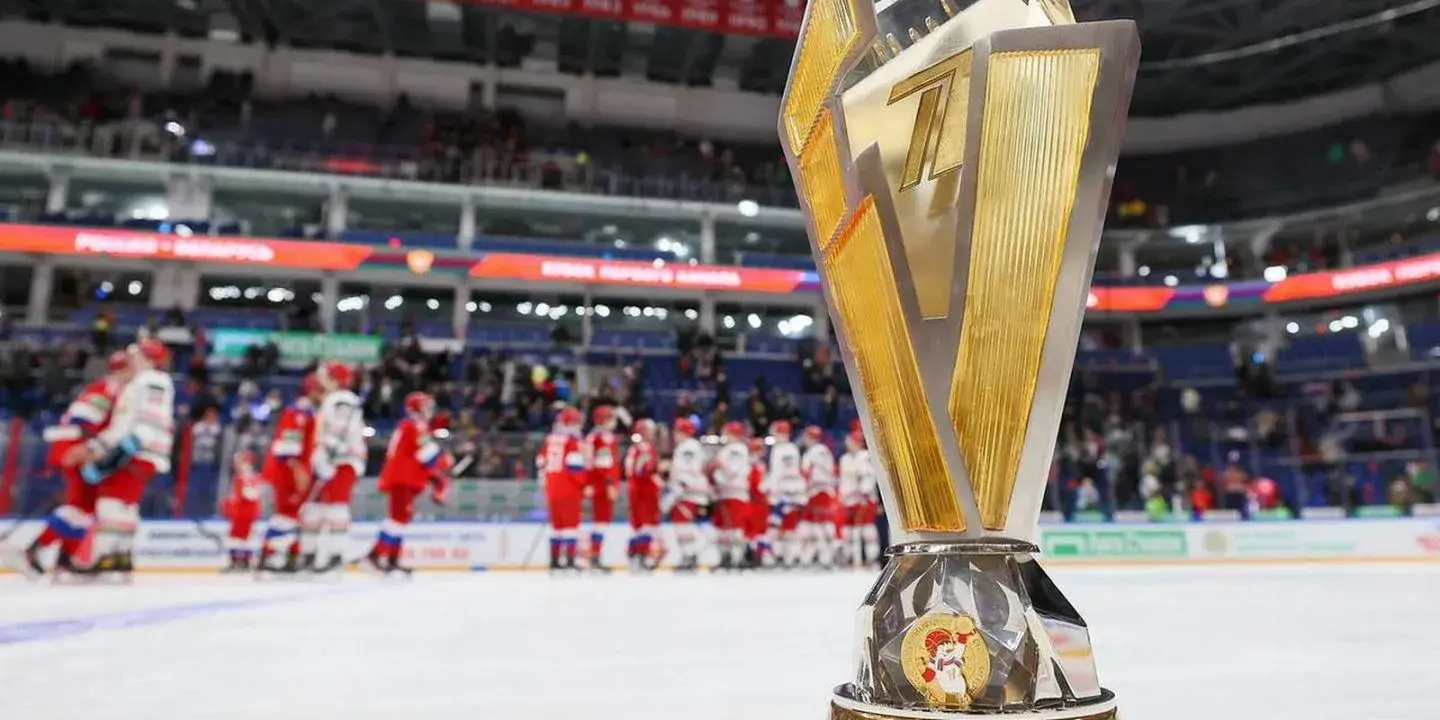
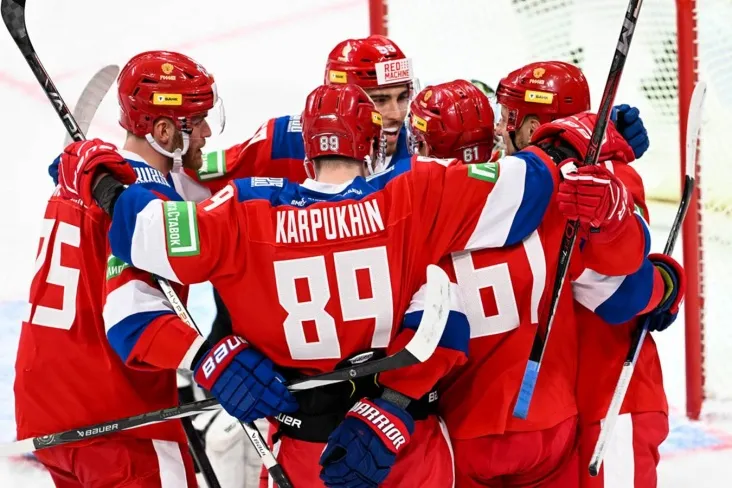 The strongest teams from Europe and the world take part in the tournament. Teams from Russia, Sweden, Finland, the Czech Republic and other countries that regularly belong to the world elite of ice hockey take part in this sporting competition.
The strongest teams from Europe and the world take part in the tournament. Teams from Russia, Sweden, Finland, the Czech Republic and other countries that regularly belong to the world elite of ice hockey take part in this sporting competition.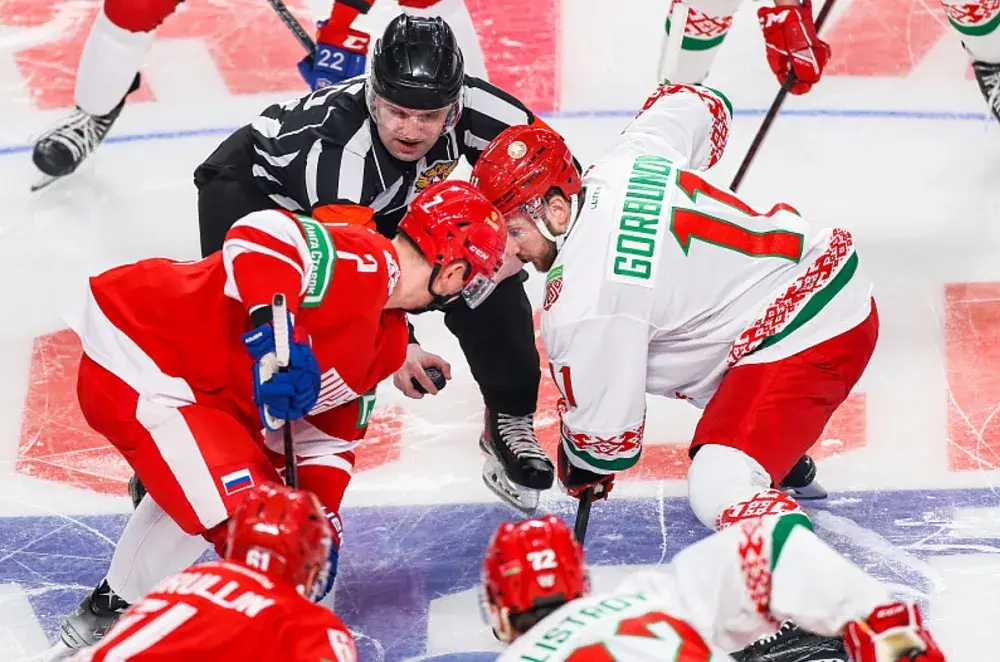 The Channel One Ice Hockey Cup 2024 is an event that combines the best ice hockey traditions, vivid emotions and exciting matches. The tournament offers a unique opportunity to see the strongest national teams compete against each other, evaluate the players’ skills and enjoy spectacular matches on the eve of the New Year holidays.
The Channel One Ice Hockey Cup 2024 is an event that combines the best ice hockey traditions, vivid emotions and exciting matches. The tournament offers a unique opportunity to see the strongest national teams compete against each other, evaluate the players’ skills and enjoy spectacular matches on the eve of the New Year holidays.
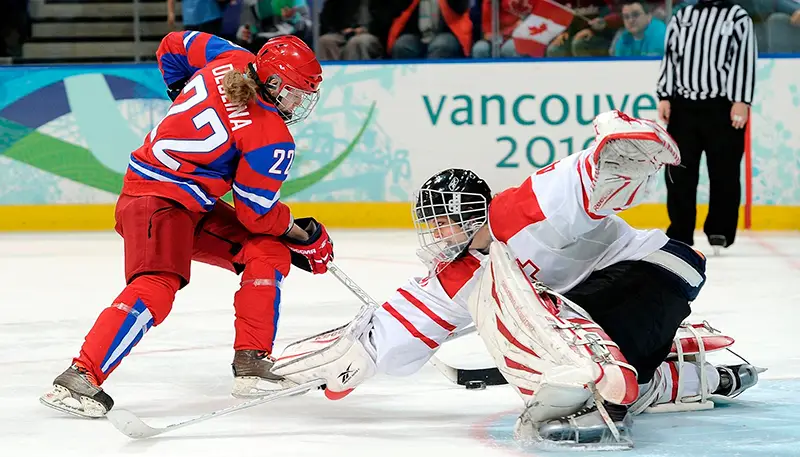
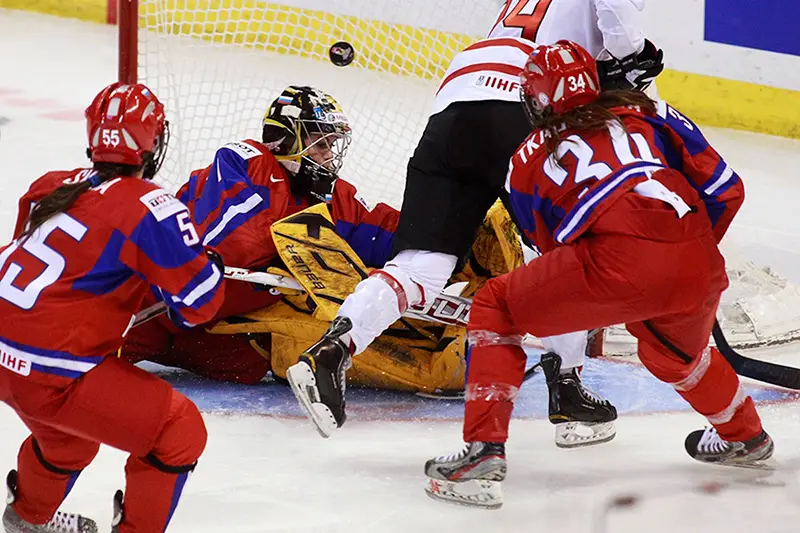

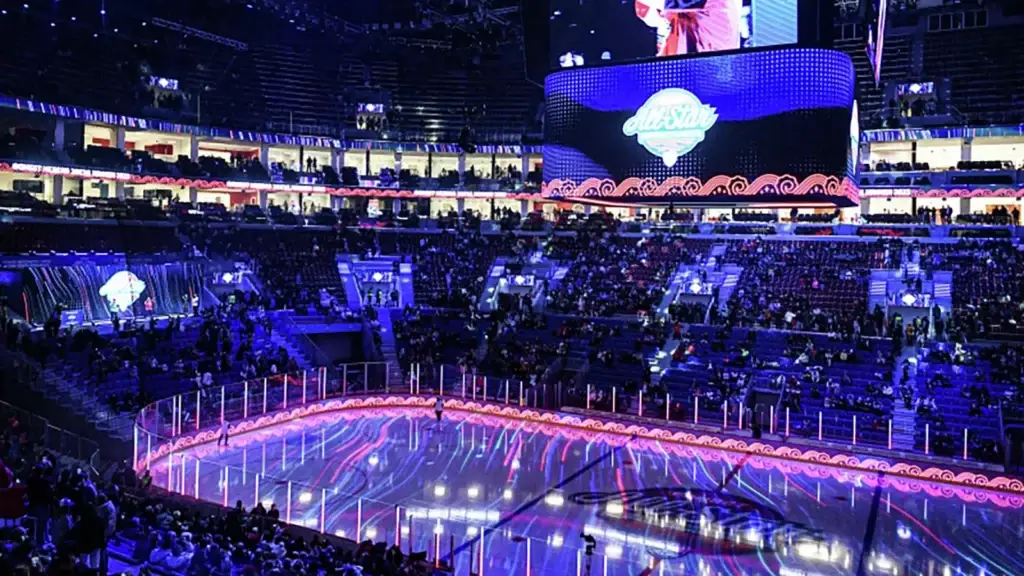 The Minneapolis Arena in the USA is a perfect example of the combination of modernity and tradition. The huge glass façades convey a feeling of lightness, while the use of steel emphasises strength and resilience. It is a place where every element has been carefully designed and every detail reflects the cultural characteristics of the region.
The Minneapolis Arena in the USA is a perfect example of the combination of modernity and tradition. The huge glass façades convey a feeling of lightness, while the use of steel emphasises strength and resilience. It is a place where every element has been carefully designed and every detail reflects the cultural characteristics of the region. The biggest ice hockey arenas have already become an integral part of global ice hockey culture and their importance cannot be overestimated. In the future, fans will be treated to new behemoths like Nova Ice in Europe, which will be state of the art with maximum capacity and innovations the world has never seen before. These projects show that arenas are not here to stay, but will evolve to keep pace with progress and the demanding expectations of fans.
The biggest ice hockey arenas have already become an integral part of global ice hockey culture and their importance cannot be overestimated. In the future, fans will be treated to new behemoths like Nova Ice in Europe, which will be state of the art with maximum capacity and innovations the world has never seen before. These projects show that arenas are not here to stay, but will evolve to keep pace with progress and the demanding expectations of fans.


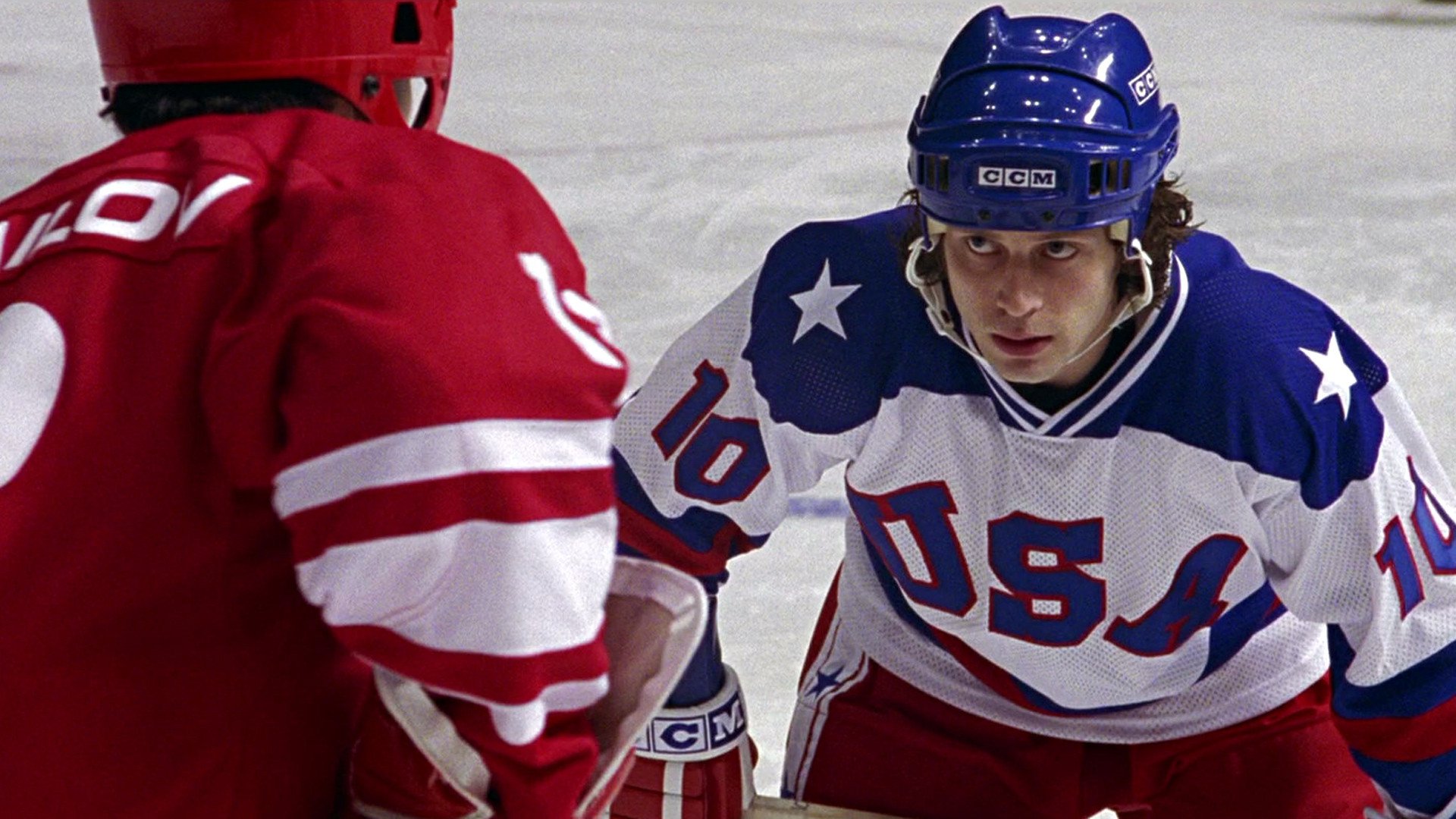
 Shot in Canada, this ice hockey film shows the lives of professional ice hockey players from the closest possible point of view. The story shows how the players reach the top and what they have to sacrifice for their careers. Canada, a country with a deep-rooted hockey tradition, was the perfect setting for this film.
Shot in Canada, this ice hockey film shows the lives of professional ice hockey players from the closest possible point of view. The story shows how the players reach the top and what they have to sacrifice for their careers. Canada, a country with a deep-rooted hockey tradition, was the perfect setting for this film.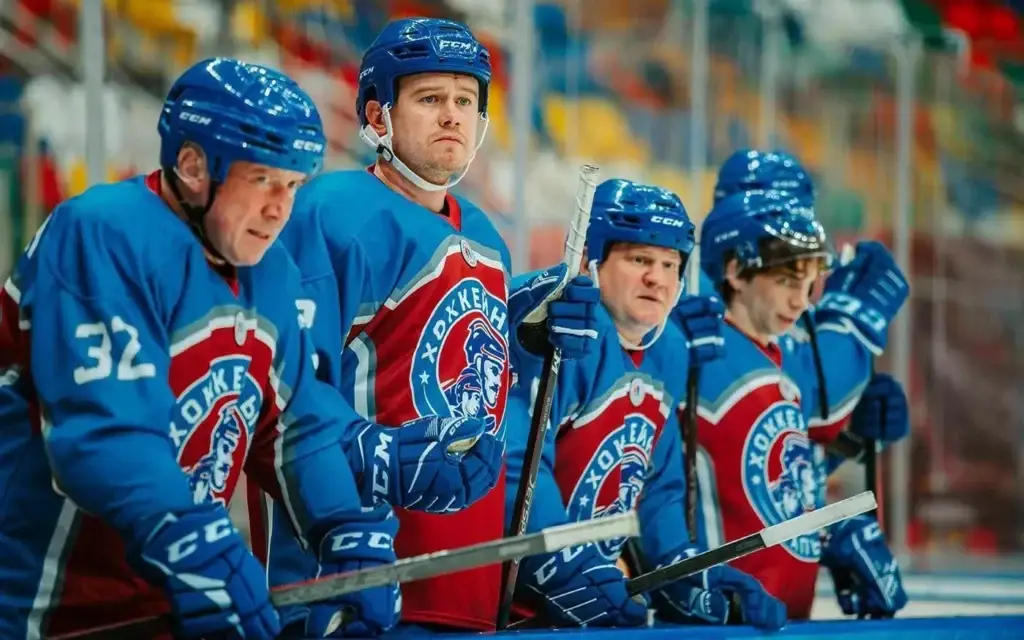 Exciting games, dramatic moments, colourful personalities – all this makes ice hockey films unforgettable. Above all, however, they teach us valuable life lessons. Perseverance, determination, teamwork – qualities that are useful in every area of life. When we watch these films, we learn to overcome difficulties, believe in ourselves and achieve our goals.
Exciting games, dramatic moments, colourful personalities – all this makes ice hockey films unforgettable. Above all, however, they teach us valuable life lessons. Perseverance, determination, teamwork – qualities that are useful in every area of life. When we watch these films, we learn to overcome difficulties, believe in ourselves and achieve our goals.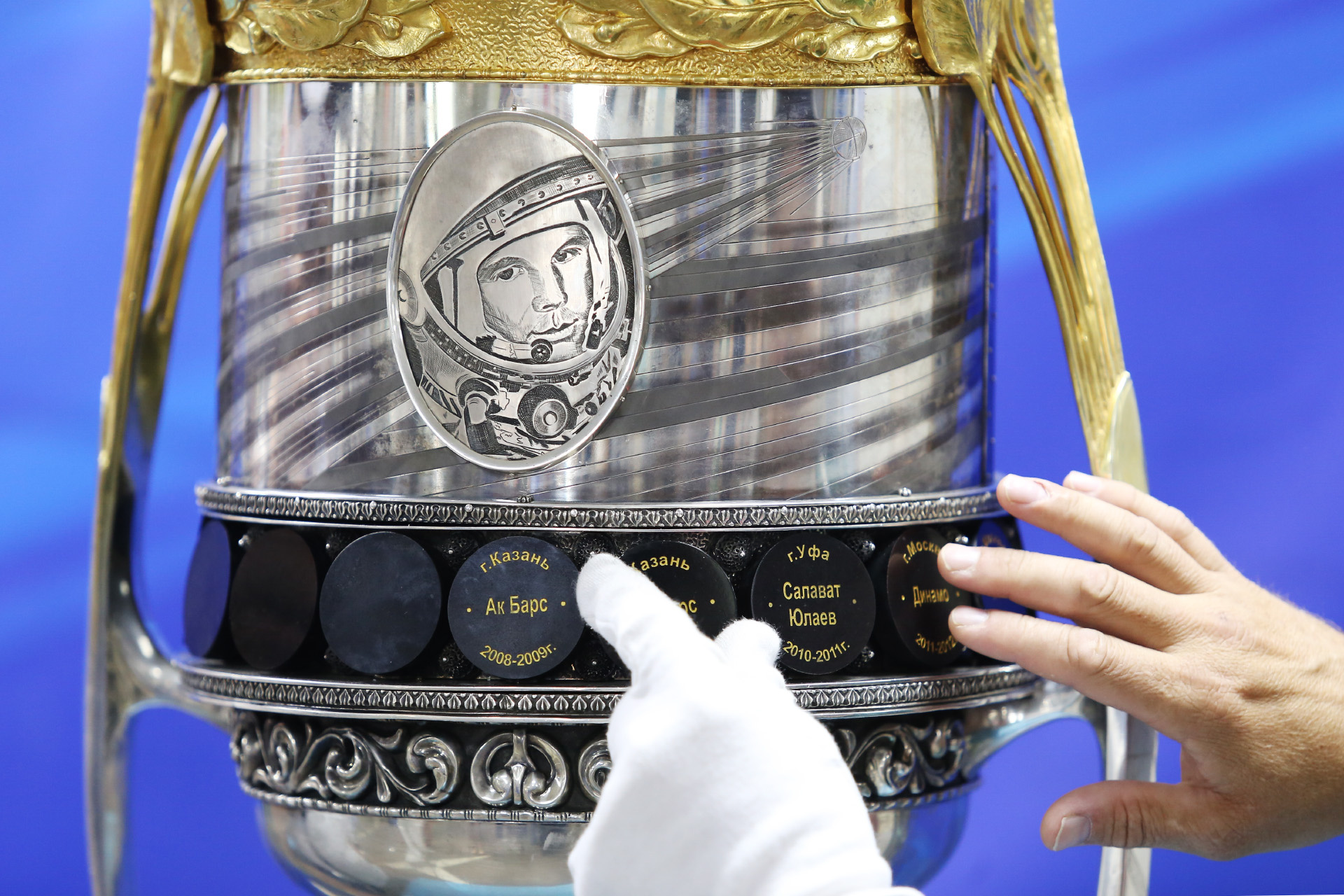
 The Gagarin Cup is not just an award for the teams, but a true symbol of recognition of their skills and perseverance. It epitomises not only a sporting achievement, but also team unity and the ability to work together towards a common goal.
The Gagarin Cup is not just an award for the teams, but a true symbol of recognition of their skills and perseverance. It epitomises not only a sporting achievement, but also team unity and the ability to work together towards a common goal. The Gagarin Cup has become a true symbol of the KHL, uniting teams, fans and the entire hockey community. It symbolises the toughness, talent and will to win that make hockey one of the most exciting games. Every team dreams of etching their name in the Cup’s history, as it is a symbol of true hockey expertise and the pursuit of new heights.
The Gagarin Cup has become a true symbol of the KHL, uniting teams, fans and the entire hockey community. It symbolises the toughness, talent and will to win that make hockey one of the most exciting games. Every team dreams of etching their name in the Cup’s history, as it is a symbol of true hockey expertise and the pursuit of new heights.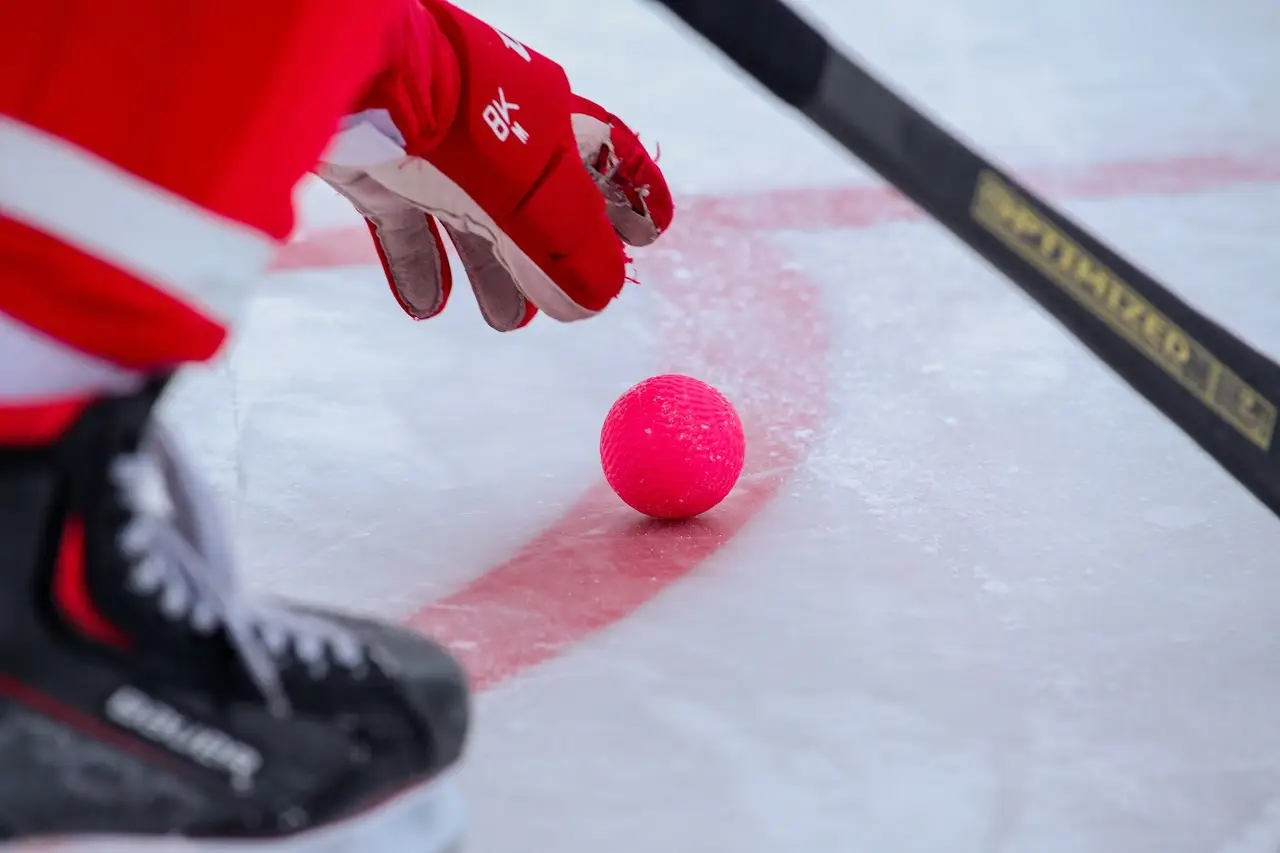
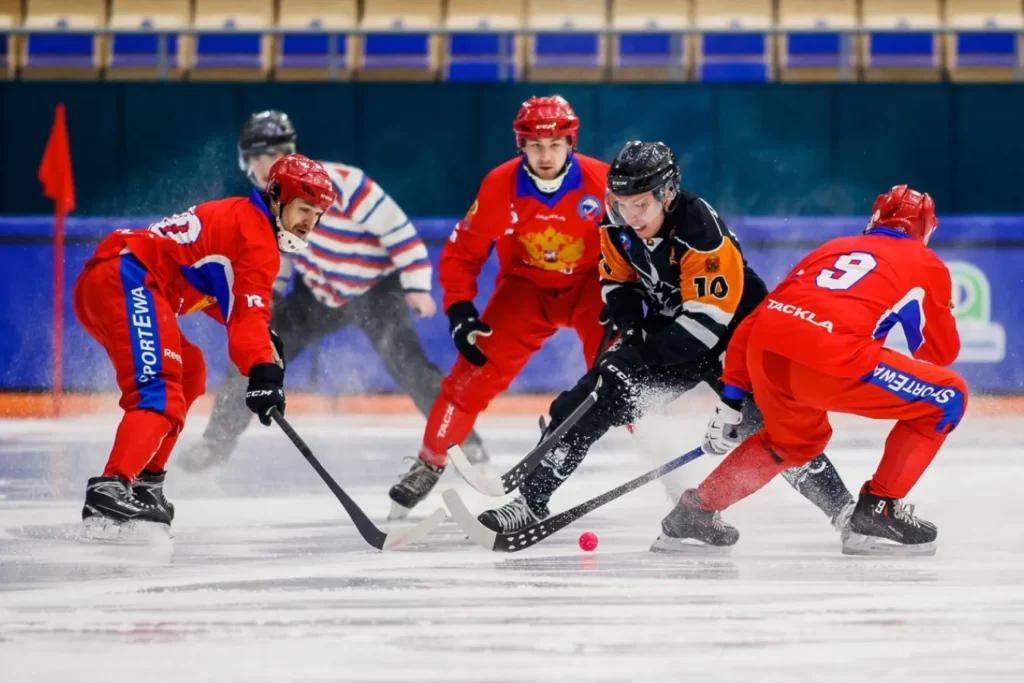 When it comes to refereeing, every detail counts, as the game is played at breakneck speed and any mistake can cost a team victory.
When it comes to refereeing, every detail counts, as the game is played at breakneck speed and any mistake can cost a team victory.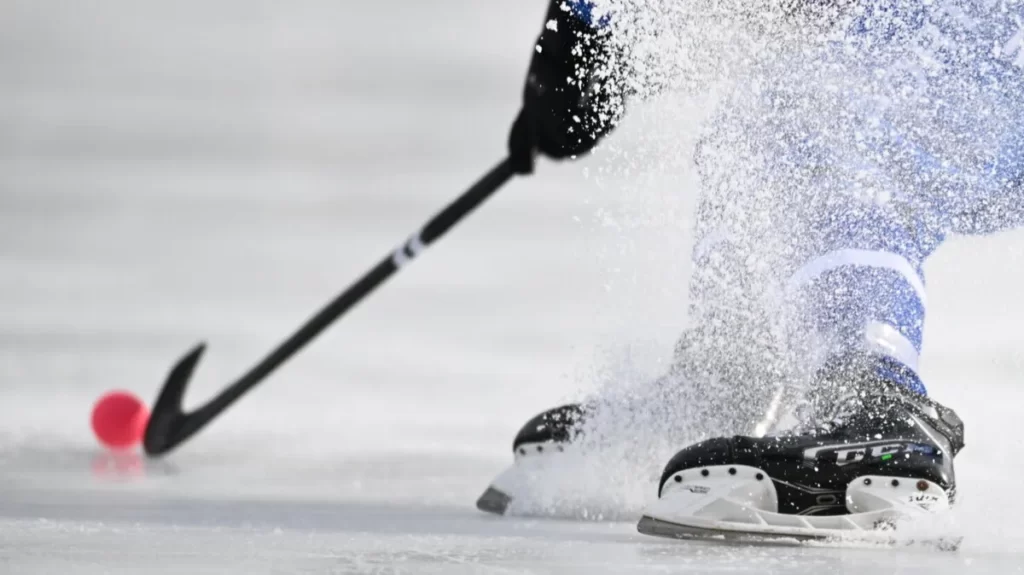 Ball hockey is very interesting, also due to well thought-out rules. Study the peculiarities of the sport discipline in more depth if you want to learn to play well.
Ball hockey is very interesting, also due to well thought-out rules. Study the peculiarities of the sport discipline in more depth if you want to learn to play well.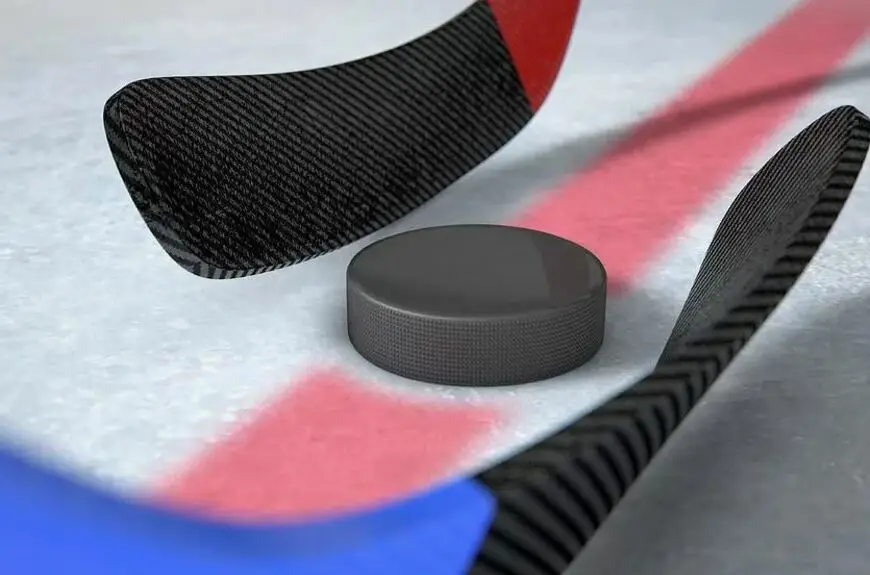
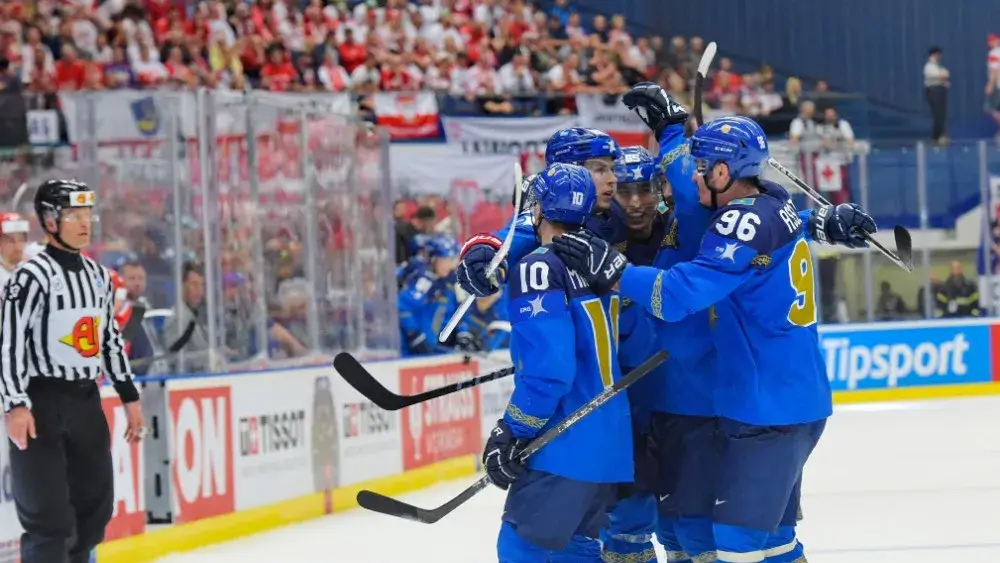 Penalties are an integral part of the game, which makes it even more dynamic. There are several types of penalties: minor, major and disciplinary. A minor penalty means two minutes in the penalty box: the team remains in the minority. A major penalty is imposed for serious offences such as a brawl and lasts five minutes. A disciplinary penalty can mean a ban of ten minutes or even the rest of the game. Each penalty changes the dynamics of the game and forces teams to reorient themselves and find new ways of defending and attacking.
Penalties are an integral part of the game, which makes it even more dynamic. There are several types of penalties: minor, major and disciplinary. A minor penalty means two minutes in the penalty box: the team remains in the minority. A major penalty is imposed for serious offences such as a brawl and lasts five minutes. A disciplinary penalty can mean a ban of ten minutes or even the rest of the game. Each penalty changes the dynamics of the game and forces teams to reorient themselves and find new ways of defending and attacking. The rules of ice hockey not only make the game fair and truly exciting. Knowing the set standards helps fans to better understand the intricacies and players to improve their skills and avoid mistakes. Try attending a game once to see how interesting and exciting the game is when you know it inside out.
The rules of ice hockey not only make the game fair and truly exciting. Knowing the set standards helps fans to better understand the intricacies and players to improve their skills and avoid mistakes. Try attending a game once to see how interesting and exciting the game is when you know it inside out.